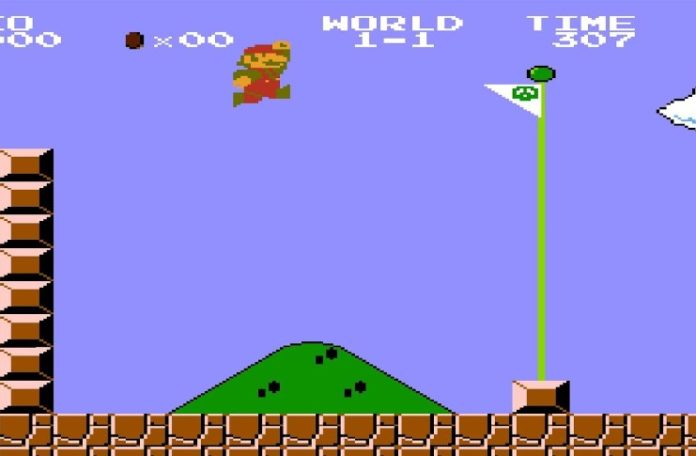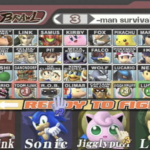When learning about Super Mario Bros. speedrunning, you’ll quickly begin hearing about “frame rules.” The reason is because frame rules are part of the bedrock of optimizing speedruns for the game. World record runs are built around staying on the proper frame rule
What is a frame rule? How does it work? Why is it so important? We’ve got the answers for you right here.
What Is A Frame Rule?
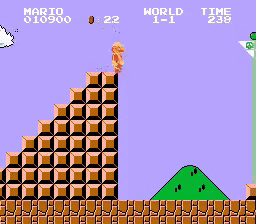
Frame rules are essentially what the developers use to track time in the game, specifically in reference to loading the different levels in Super Mario Bros. Rather than tracking every single frame, which the NES likely wasn’t capable of doing, the developers would have the game refresh every certain number of frames, and this would loop continuously throughout the game.
How does this play out? In Super Mario Bros., the game refreshes every 21 frames; that window is considered a frame rule. This means that when Mario reaches the end of a level, how quickly the next level loads will depend on where he is in the frame rule; a player who reaches the end on frame 3 and a player who reaches the end on frame 19 will both be on the same frame rule.
Famed Mario speedrunner Darbian illustrates the concept with an analogy: Imagine a bus stop where a bus arrives every 21 frames. If Mario reaches a bus right before it leaves, he will immediately start the next level. However, if he just misses the bus, he will have to wait for the additional frames for the level to load.
How Do Frame Rules Affect Speedrunning?
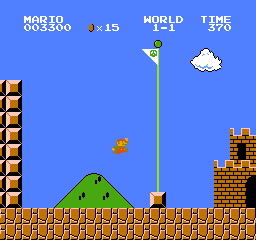
The two major factors that frame rules play a role in are time and enemy patterns.
In regards to time, catching frame rules right at the refresh rate means that you won’t have to wait as long for the level to load. Additionally, frame rules can serve as a window for making up time; if a runner makes a mistake earlier in the level, but is still able to reach the end of the level in that 21-frame window, the runner will stay on the optimal frame rule despite being “technically” behind.
Frame rules are essential for determining enemy spawns and patterns. How Hammer Bros. react, the way fish maneuver in the water levels and how Bowser acts in each castle is determined by the frame rule a runner is on. As a result, speedrunners will base their runs on optimizing to stay on frame rules that allow them to constantly know what enemies will do and move around them accordingly.
In the world of top-level speedrunning, where world records are decided by frames, knowing frame rules inside and out, as well as how to maintain them during a run, is essential.
Why Is The Frame Rule Every 21 Frames?
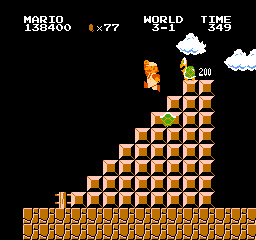
There’s no clear cut answer for this; some say it was intended to be every 20 frames, and there was an off-by-one error in implementation.
The set amount of frames between refreshes in a frame rule are a decision made by developers. It would’ve been too much to check if the level was finished on every frame, especially in these older games on the NES. The 21-frames was a nice compromise that allows the game to avoid constantly refreshing to see if the level is finished while also not being so long so as to affect the players’ experience. After all, who wants to wait for load times in a speedrun?


